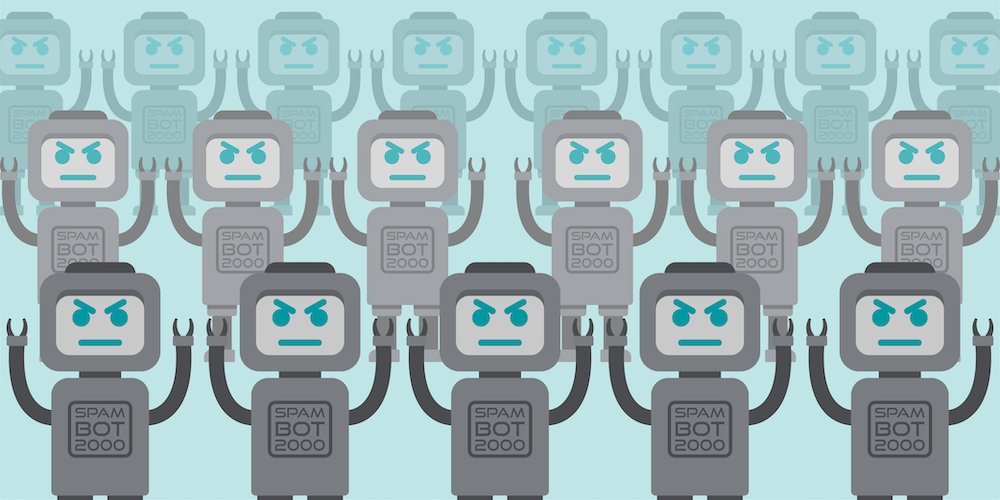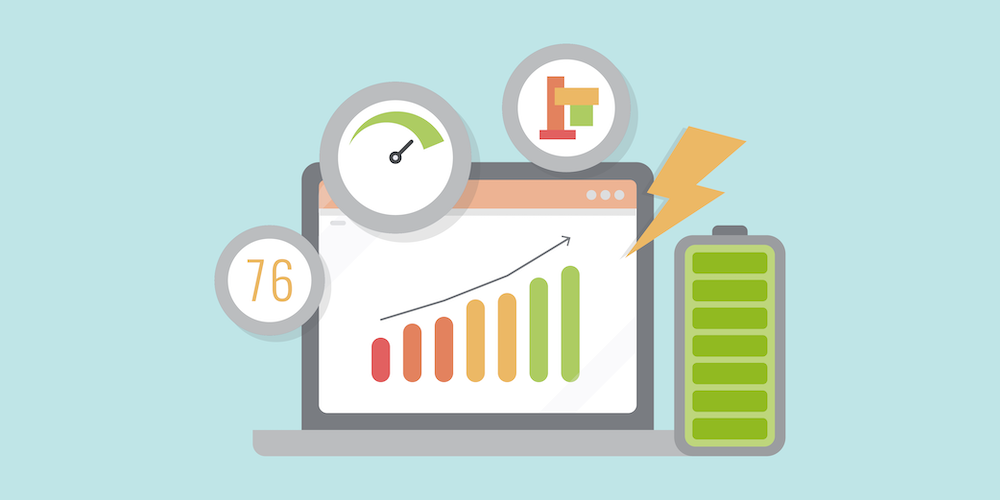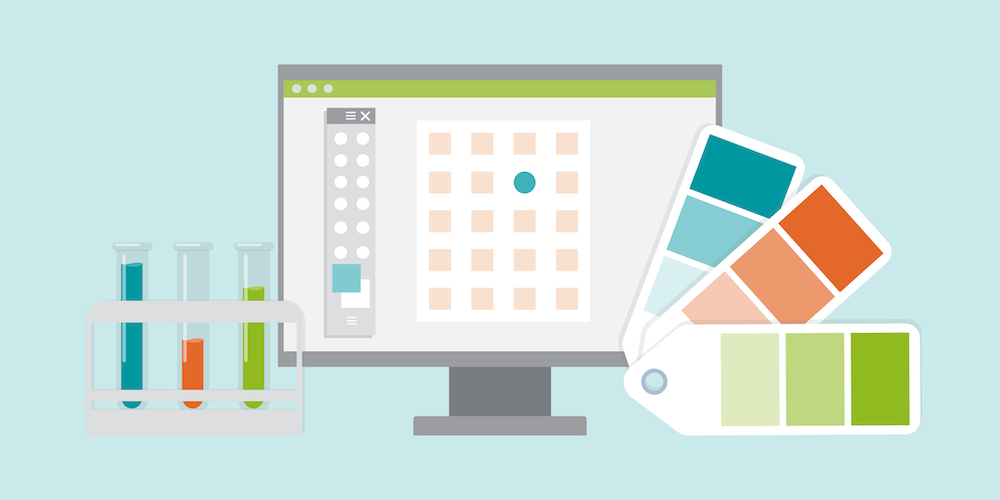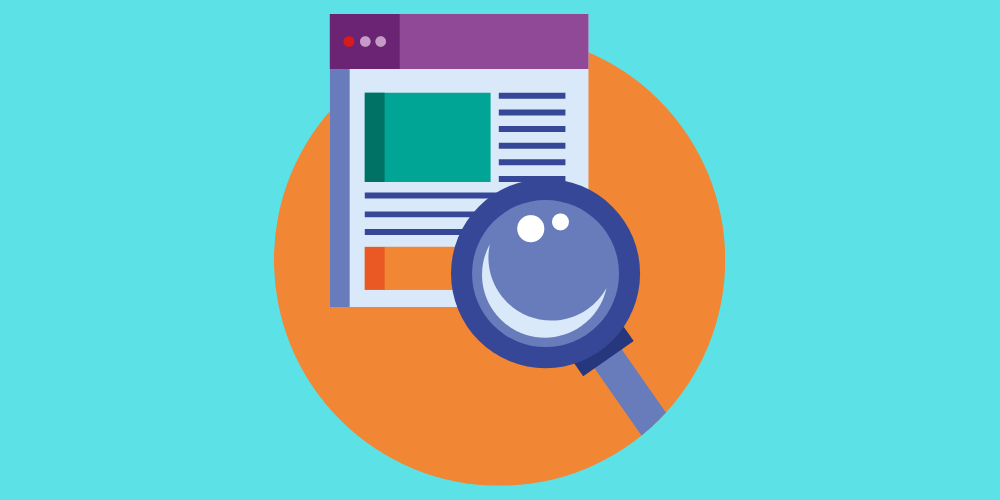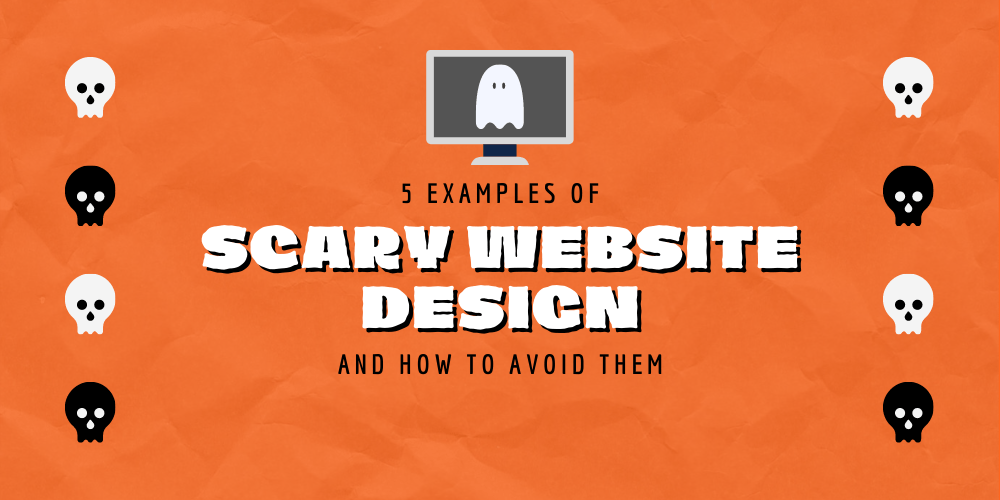Bounce Rates in the Life Sciences: How High is Too High?
By Jordan Eller
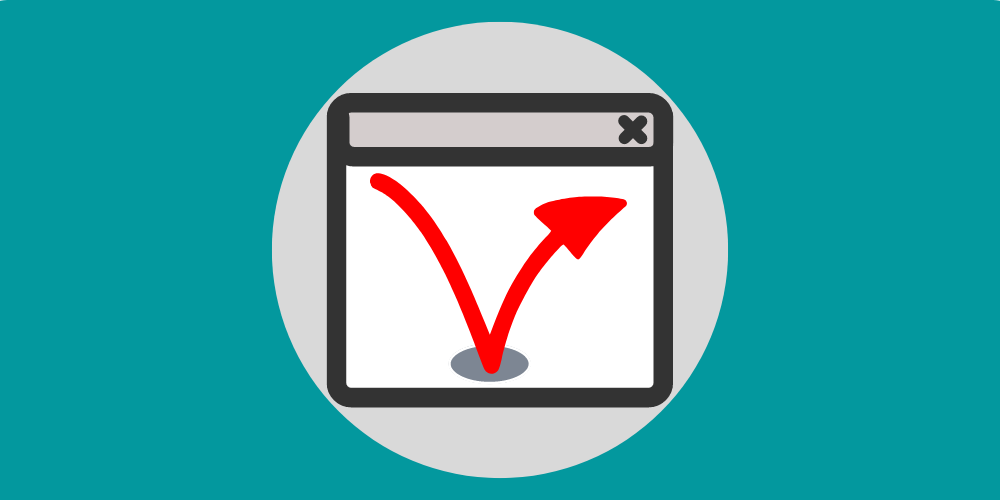
No marketer wants their website to have a high bounce rate.
Even the most entry-level marketer knows that a lower bounce rate is always better than a high one. But what exactly is a bounce rate? What’s a normal bounce rate for the life science industry? What can you do to reduce the number of bounces on your site?
This blog is all about answering those questions and more. Check it out!
What’s a bounce rate?
A “bounce” occurs when a user arrives on your site and leaves without engaging further. Your bounce rate reflects the percentage of users who bounce off your website.
By default, any user who only visits one page and then leaves is counted as a bounce. If a user visits 2 or more pages, no bounce is counted.
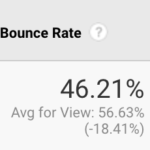 Your bounce rate is easily accessed in Google Analytics. Here you can view your sitewide bounce rate, or drill down by segment or single page.
Your bounce rate is easily accessed in Google Analytics. Here you can view your sitewide bounce rate, or drill down by segment or single page.
Why is your bounce rate important?
In 2017, Semrush reported that bounce rate was Google’s fourth most important ranking factor. This means that websites with fewer bounces will be rewarded with higher rankings on Google’s search engine results pages.
In addition to higher rankings, it also provides valuable insight on how your audience is engaging (or not engaging) with your life science content. This can help you determine whether your current marketing strategy is effective or not.
What is a “good” bounce rate?
The frustrating answer is: it varies.
In general, you want your bounce rate to be as low as possible. But the truth is that different types of pages will have different bounce rates, and it’s important to understand why this variation exists.
The most important thing to keep in mind is the context of the bounce.
For example, your landing pages will likely have more bounces than your homepage. This is because your homepage functions as the hub of your website where your users will be able to explore freely, and a landing page exists for the sole purpose of completing a goal (such as newsletter signups or ebook downloads).
In summary, don’t stress if some of your pages have high bounce rates. As long as you’re focusing on providing engaging content and a streamlined browsing experience, you’re on the right track.
If you’re looking for more information on how to supercharge your life science website, check out our blog on how to boost your Core Web Vitals
How can I reduce my number of bounces?
The truth is that you can’t lower your bounce rate until you understand what’s causing it to go up.
The number-one cause of high bounce rates is slow page speed.
When a page isn’t properly optimized, it can take a very long time to load. In general, any page that takes longer than 7 seconds to become interactable is considered slow. There are a number of ways to increase pagespeed; start with optimizing your images so that your visual elements take less time to render.
Readability is another major factor in reducing bounce rates. If your website content is poorly organized or hard to understand, your bounce rate is likely to increase. Here are a few ways you can improve the readibility of your site:
- Use subheadings to organize your content
- Bullet points make lists easier to digest and scan
- The more images, the better!
- Bold your keywords (in moderation)
- Manage the whitespace on your site accordingly
- Include calls-to-action where applicable to create an engaging experience
Writing quality meta descriptions is another key component of reducing your bounce rate. Writing quality meta descriptions for your high-impact pages will tell your audience (and Google’s crawl bots) precisely what they’re signing up for when they click on a link.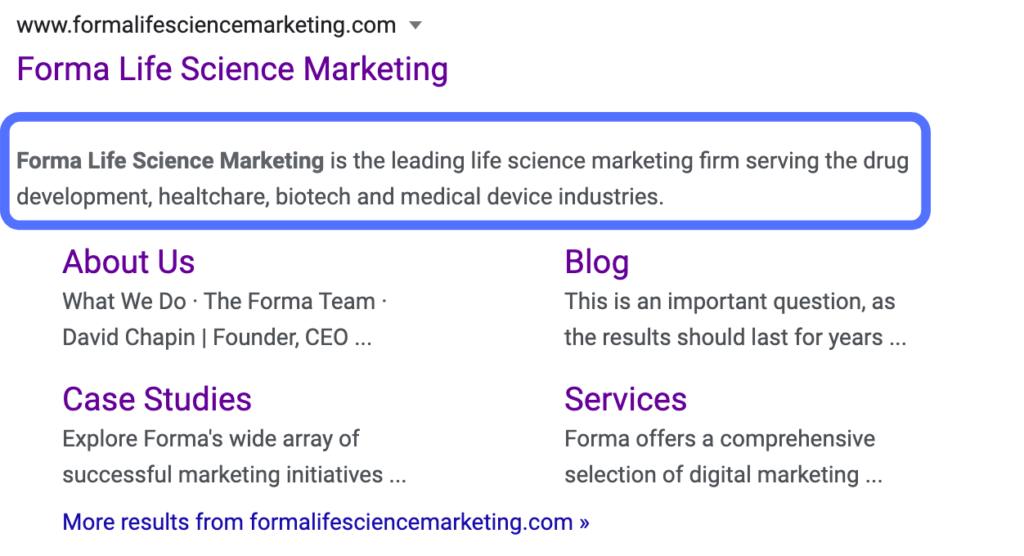 Meta descriptions are a great way to leverage your target keywords and foster interest in your life science brand.
Meta descriptions are a great way to leverage your target keywords and foster interest in your life science brand.
It’s time to start taking your bounce rate seriously
Monitoring and improving your bounce rate can be an overwhelming task. But fewer bounces means a more engaged audience and more website conversions. If you’re on the hunt for an agency partner to help improve your life science website and generate more interest in your brand, reach out today to start the conversation!
